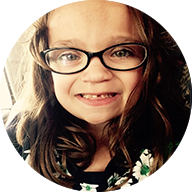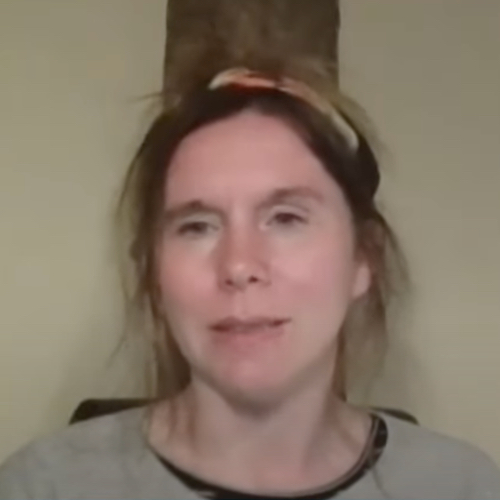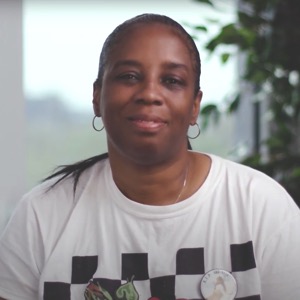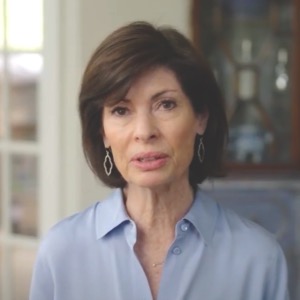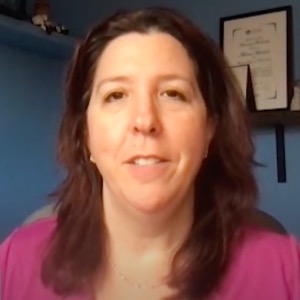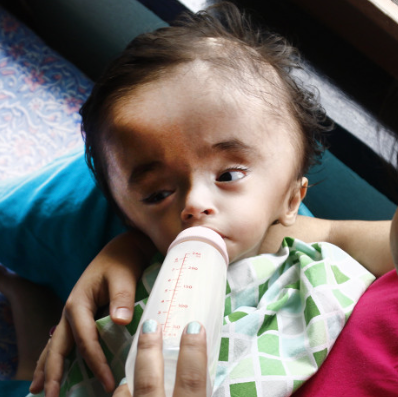It’s funny how life is laid out before you. For instance, what you are supposed to be doing has been written in the stars. I had no idea of this, of course, until the birth of my precious daughter, Lily. I had a surprise diagnosis of low chronic amniotic fluid that was discovered during my 20-week ultrasound. Call it a mother’s intuition, but I knew something was wrong with our baby even early on in the pregnancy, without the diagnosis. We were told to abort our baby with no reason until we pried. “Low amniotic fluid babies are usually delivered still born and lungs and kidneys do not develop”. We fought for her to have a chance and I went on bed rest for 6 weeks.
Lily came at 38 weeks and 1 day through an emergency C-section. Her Apgar scores were low and she was rushed off to the NICU for oxygen. I told my husband to follow her and to make sure our ID bands matched. A little further background is that I grew up in a household where my mother has been involved in quality and safety for 45 years. Me and my sisters were taught what to ask, what to say and the importance of being involved in an effective way. Little did I know I was being prepared my whole life for my daughter.
On the second day in the NICU we learned that Lily would need multiple specialists: urology, neurology, neuro-surgery, peds-surgery, cardiologist, ENT, nephrologist, orthopedist, genetics, GI, ophthalmologist and therapists too. We learned that she had micro kidneys at 11% function. We were told again to let her go. We pushed back saying we were going to give her this chance. 12 days later we left the NICU with Lily. Multiple appointments, multiple surgeries and so much more had to be scheduled. I remember crying myself to sleep the night we returned home. I didn’t want her in and out of hospitals, seeing multiple doctors, the stress, the strain, the risks.
The first procedure Lily needed was the de-tethering of her spinal cord. Her kidney’s at his time were on the cusp of stage 3 and 4.
She was 8 months old when we went to have her MRI so the surgeon could have a better idea on the severity of her tethering. She was lightly sedated and had an IV and swaddled in her coziest blanket. I asked the tech to take me through the process. You wouldn’t imagine many people would ask this because it was just a picture, right? Wrong. He then shared with me at which point they would inject the IV contrast. I kindly explained that we were not using contrast. He then explained why it is used. I then explained the state of Lily’s kidneys. Everything stopped and three things happened at that moment: one, he thanked me; two, he trusted I knew my child best, even medically; and three, he acted on it- we did not use the contrast. No where on Lily’s record did it indicate that she had kidney disease. For those who my not be aware you NEVER use IV contrast in a pediatric patient with kidney disease as it could throw them into end stage failure, acute dialysis, or death.
This encounter opened my eyes. I had the skill, knowledge and willingness to speak up and be involved. It drove my passion around PFE and how to effectively teach clinicians, patient, families and leaders the importance of PFE and deference to expertise. Patients and families can help to improve safety and quality of care. My career found me through Lily. Today she is 11 and facing kidney transplant. We will always be in the system. It is my personal driver to make healthcare better; but it must be better for all.

